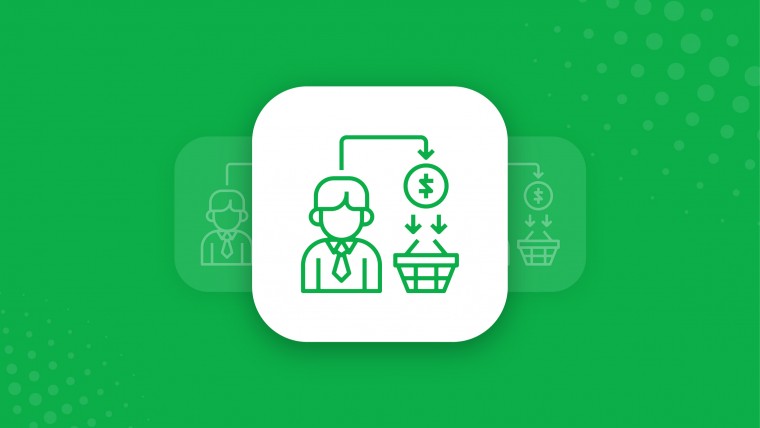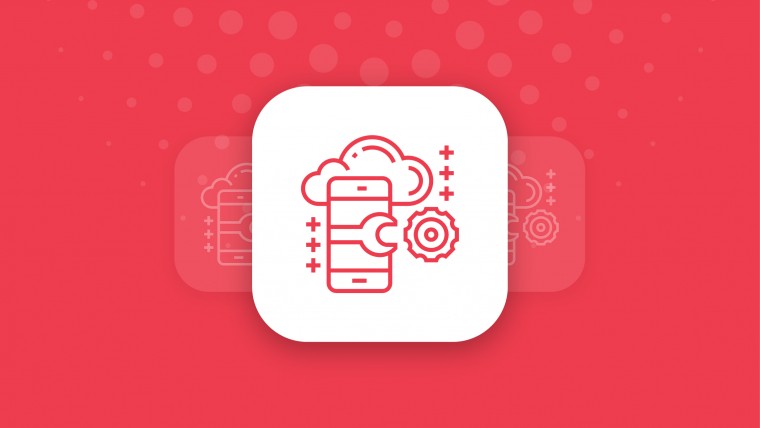The technology world is continually evolving with new development cropping up all the time. With so much to consider, it can be difficult to decide on what to focus on.
Here are some of the top IT trends in 2020 that will likely make a strong impact.
Artificial Intelligence and Smart Machines
The popularity of AI is evidenced by its widespread use in many of our daily activities. In the US alone, 5 in 6 people partake of this technology through the use of navigation apps on their phones, streaming services, ride-share apps and smart home devices.
Even in the industrial sector, AI is being used for such functions as analyzing business risk, customer engagement, improving energy efficiencies and predicting maintenance issues. Its ability lower costs and boost revenues has promoted its adoption but is expected to make for substantial job loss. On the flip side, AI-related jobs are expected to grow with 23 million expected to find work by 2020.
Machine Learning (ML)
ML is an offshoot of AI. With ML, computers are programmed to independently learn how to do something they have not been previously programmed to do.
The ML market is expected to grow to an estimated $8.8 billion as of 2022. ML applications are used for pattern recognition, data analysis, and data mining. In the consumer sector, ML technology has helped to perform such tasks as generating web search results, target advertising, and detect network intrusion.
Virtual Reality and Augmented Reality
Virtual Reality (VR) technology immerses a user into an imagined environment. Augment Reality (AR) on the other hand, enhances the existing environment around the user. A good sample of AR would be the Pokémon Go experience that introduces new objects into the gamer’s environment as seen through their smartphone.
Both VR and AR have enormous potential in training, entertainment, education, marketing, and even rehabilitation after an injury. Either could be used to train doctors to do surgery by providing a safe immersive environment in which to practice procedures without risk of injury to anyone.
5G Network
5G networks will provide unprecedented connectivity speed that will make the operating of such new tech as driver-less cars and drones seamless. This can be expected to improve road safety and reduce the risk of collisions as vehicles share information on everything from road conditions ahead to someone suddenly slamming on the brakes.
This tech trend can also be expected to better enhance the delivery of services to residents. With significantly enhanced data speeds, utility firms can make use of sensors to better track parameters such as power failures and flooding in sewers. This relaying of data should elicit faster response time to fix the problems, rather than wait for customers to call in with complaints.
IoT
Internet of Things (IoT) devices are now commonplace. There are an estimated 65 billion connected devices now, with this number expected to grow to 100 billion by 2025.
Further boosted by progress in 5G and edge computing that improves data speeds and reduces latency, there is a strong support system to see this trend flourish. 2020 can expect to see more utilization of data to enhance users’ quality of life. With many devices being GPS enabled, data collected can be used in sectors such as transportation to analyze and predict traffic patterns, identify black spots, and redirect traffic away from jams.
Robotic Process Automation (RPA)
RPA is a tech that is computerizing jobs. It makes use of dedicated software that automates tasks such as processing transactions, collecting data, and interpreting applications.
As more companies recognize the benefits of process automation, we can expect to see its adoption, particularly in industries that face the challenge of many manual repetitive actions. While it has become popular in the replication of human actions to improve productivity and efficiency, RPA is also likely to see increased usage in handling sensitive data. Automating data-intensive tasks can reduce the risk of human error and the potential for security breaches.
AI Security
As automation offers the chance to explore new ways of doing and enhancing business, it also comes with new security risks. Any new technology has vulnerabilities that need to be worked on if the users are to fully harness its capabilities. As AI becomes increasingly integrated into new products, it has raised awareness of challenges such as data security, privacy issues, and the misuse of AI.
Protecting data, the channels it goes through, and machine learning models will be vital for businesses juggling multiple AI projects. Working with both AI and ML, there will be increased ability to understand patterns, identify and predict attacks, and automate suitable responses.
Practical Blockchain
Although not yet expected to achieve popular use for another few years, there are some significant strides to be made in blockchain technology in 2020. This record-keeping tech utilizes a shared, distributed, decentralized, and encrypted ledger to keep things honest. It has been found to help build trust and transparency, adding value to business interactions.
The adoption of this technology has been much stunted by concerns of poor scalability and data interoperability. However, it does have the potential to improve profitability for businesses by lowering costs, improving transaction settlement speeds, and encouraging a faster flow of cash and materials. Already successfully utilized by cryptocurrencies like bitcoin, blockchains will likely see more growth in the future when merged with AI and IoT.








5 Reasons Why Strategic Decision Making Is Most Important In Business Growth
4 Characteristics of high performing transformation teams
Top 10 Tips for Healthy Work-Life Balance
How to Design an Effective Diagnostic Questionnaire?
Should You Become An Independent Consultant?
8 Characteristics of great consultants. Do you have what it takes?
4 Characteristics of high performing transformation teams
Types of Cloud Computing